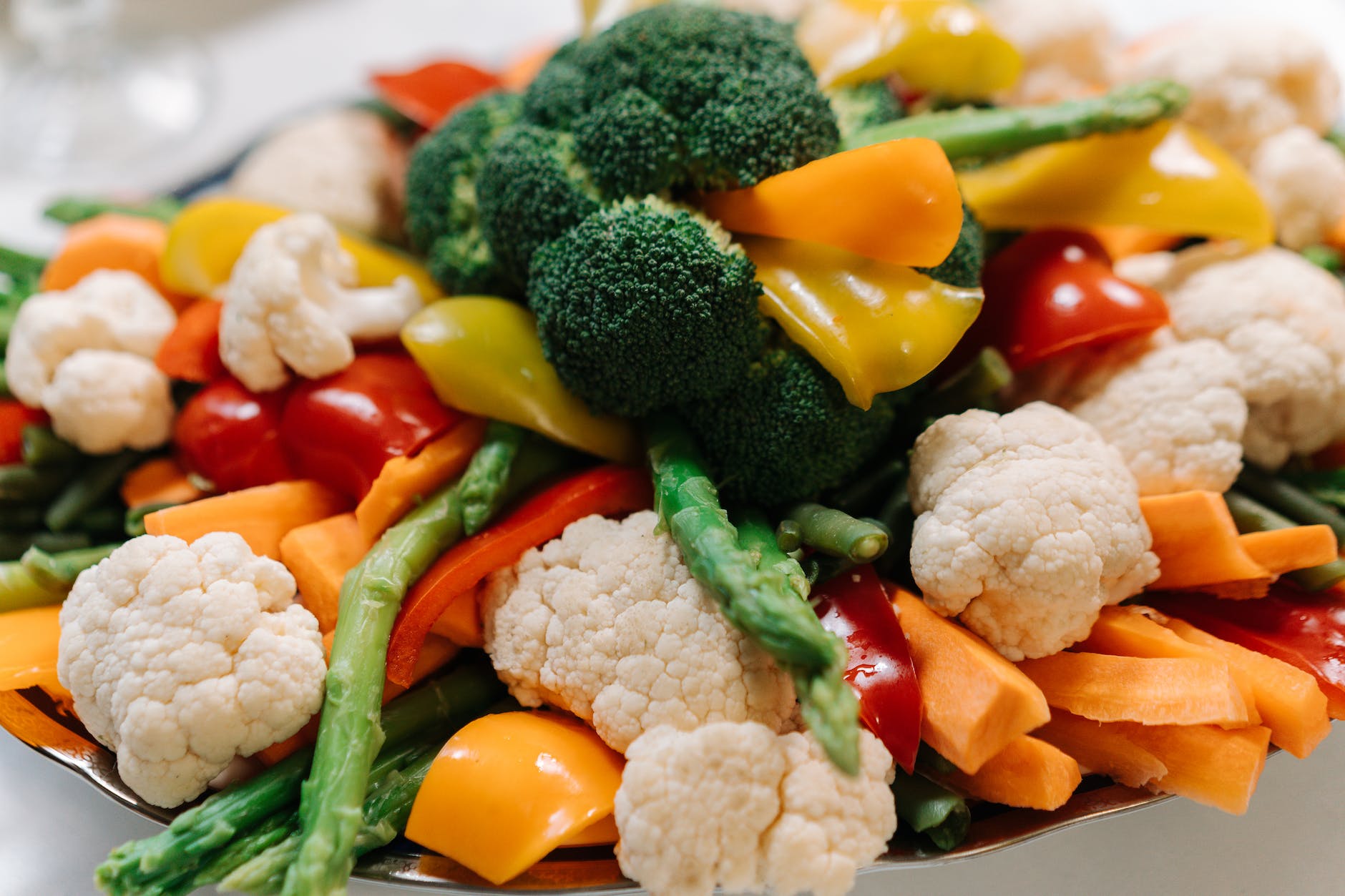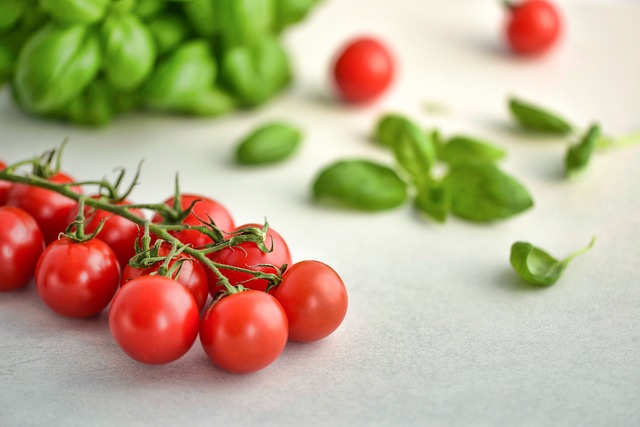Eating foods that are rich in collagen, such as chicken, and foods that increase collagen formation, may have skin and general health advantages.
To supplement or to consume?
Foods you eat have a surprisingly large role in the youthfulness and healthy appearance of your skin,” explains Krista Goncalves, CHN, a certified holistic nutritionist. “It all boils down to collagen.”
Collagen is the protein that provides structure, suppleness, and stretch to the skin. There are other forms of collagen, but human bodies primarily contain types 1, 2, and 3. Every year, we manufacture less collagen in our skin as we age.
This explains the recent surge in the popularity of collagen supplements on our social feeds and retail shelves. However, are collagen pills and powders the best option? The primary distinction between the two may be due to bioavailability or the body’s capacity to use a nutrient.
Why should you prioritize food?
For example, foods like bone broth contain a bioavailable form of collagen that your body can use immediately, making it arguably superior to supplements, per dieticians.
A 2012 assessment of diet and aging determined that eating vegetables and fruits is the healthiest and safest way to improve skin health.

Furthermore, because over-the-counter pills are largely unregulated, it’s usually wiser to adhere to a dietary approach to collagen boosting.
Eating collagen-rich foods or foods that stimulate collagen formation may also aid in the production of the building blocks (amino acids) required for your skin goals. There are three amino acids that are important for collagen synthesis: proline, lysine, and glycine.
1. Bone broth
While new research suggests that bone broth may not be a viable source of collagen, this is by far the most popular alternative based on word of mouth. This procedure, which involves boiling animal bones in water, is thought to extract collagen. Season the broth with spices to add flavor when cooking this at home.
Because bone broth is composed of bones and connective tissue, it contains calcium, magnesium, phosphorus, collagen, glucosamine, chondroitin, amino acids, and a variety of other nutrients.
However, each bone broth is unique due to the quality of the bones used, as well as other ingredients.
Make your own broth with bones bought from a respected local butcher to ensure the quality of your soup.
2. Poultry
There’s a reason why chicken collagen supplements are so popular. The substance is abundant in everyone’s favorite white meat. (You’ve probably seen how much connective tissue poultry contains if you’ve ever sliced up a whole chicken.)
Because of these tissues, chicken is a good source of dietary collagen.
Several studies have employed chicken neck and cartilage as a source of collagen in the treatment of arthritis.
3. Fish
Fish, like other animals, have collagen bones and ligaments. Some suggest that marine collagen is one of the easiest to absorb.
While a tuna sandwich for lunch or salmon for dinner will surely increase your collagen consumption, keep in mind that the “meat” of fish contains less collagen than other, less attractive components.
“We don’t eat the parts of fish that have the most collagen, like the head, scales, or eyeballs,” Gabriel explains. Indeed, researchers used fish skin as a source of collagen peptides.
4. Egg whites
Although eggs lack connective structures like many other animal products, egg whites are high in proline, one of the amino acids required for collagen formation.

5. Citrus fruits
Vitamin C is very important and necessary for the formation of pro-collagen, which is the body’s precursor to collagen. Getting adequate vitamin C is, therefore, crucial.
Citrus fruits, such as lemons, grapefruit, oranges, and limes, are high in this vitamin. For breakfast, try broiled grapefruit or orange segments in a salad.
6. Berries
Though citrus gets all of the attention for its vitamin C concentration, berries are also a fantastic source. Strawberries contain more vitamin C than oranges, ounce for ounce. Raspberries, blueberries, and blackberries are also high in antioxidants.
“Furthermore,” explains Davidson, “berries are high in antioxidants, which protect the skin from damage.”
7. Fruits from the tropics
Tropical fruits such as kiwi pineapple, pineapple, and guava round out the list of vitamin C-rich fruits. Guava also contains a trace of zinc, another essential in collagen formation.
8. Garlic
Garlic may provide more than flavor to your stir-fry and pasta recipes. It may also increase collagen production. Garlic is high in sulfur. Sulfur is a mineral that helps synthesize and prevent the breakdown of collagen.
However, it is crucial to note that how much you drink is important. “You’re probably going to need a lot of it to reap the collagen benefits,” she says.
But, given its numerous benefits, it’s recommended to include garlic in your normal diet. As the saying goes, if you like garlic, increase the amount in a dish.
9. Greens with a lot of leaves
We all know that leafy greens are an important part of a balanced diet. They may also have aesthetic benefits, as it turns out.
Chlorophyll, which is known for its antioxidant effects, gives spinach, kale, Swiss chard, and other salad greens their color.
Some studies have shown that consuming chlorophyll increases the precursor to collagen in the skin.
10. Beans
Beans are high in protein and frequently include the amino acids required for collagen production. Furthermore, many of them are high in copper, another component required for collagen formation.
11. Cashews
Make cashews your snack of choice the next time you grab a handful of nuts. These delicious nuts include zinc and copper, both of which help the body produce collagen.
12. Tomatoes
Another overlooked source of vitamin C, one medium tomato can supply up to nearly 30% of this crucial component for collagen. Tomatoes are also high in lycopene, a potent antioxidant that helps the skin.
13. Red bell peppers
Toss some red bell peppers into your salad or sandwich while you’re at it. Capsaicin, an anti-inflammatory molecule, is found in several high-vitamin C vegetables, which may help fight the signs of aging.
Sugar and processed carbohydrates can harm collagen.
You can’t go wrong with high-collagen plant or animal diets or vitamin and mineral-rich fruits and vegetables to assist your body in producing the most collagen.
If you don’t like the food provided, keep in mind that there is no single source. A protein-rich diet, whether from plant or animal sources, can help supply these essential amino acids.
Zinc, vitamin C, and copper are other substances that help with collagen formation. Fruits and vegetables high in minerals and vitamins are therefore beneficial to supple skin.
And, for even more dramatic results, avoid excessive sugar and refined carbs, which can induce inflammation and collagen degradation.
To Conclude
It can be difficult to incorporate a variety of foods into your diet on a constant basis. Some have questioned whether eating collagen-rich foods results in tighter skin. Stomach acid could break down collagen proteins, preventing them from reaching the skin.
And, because dietary collagen for anti-aging is still a relatively young field of study, many specialists are hesitant to make firm conclusions.
Nonetheless, some study appears to be promising. After four weeks, women who drank more collagen had higher levels of skin elasticity than those who took a placebo, according to some studies.
Another study found that taking a collagen supplement for 12 weeks reduced the appearance of lines and wrinkles by 13% in healthy females.
However, collagen isn’t just for smooth, elastic skin. Collagen may also be beneficial for joint discomfort, muscles, and digestion. So, if collagen supplements sound more convenient for your schedule and pocketbook, we suggest it’s worth a shot.

